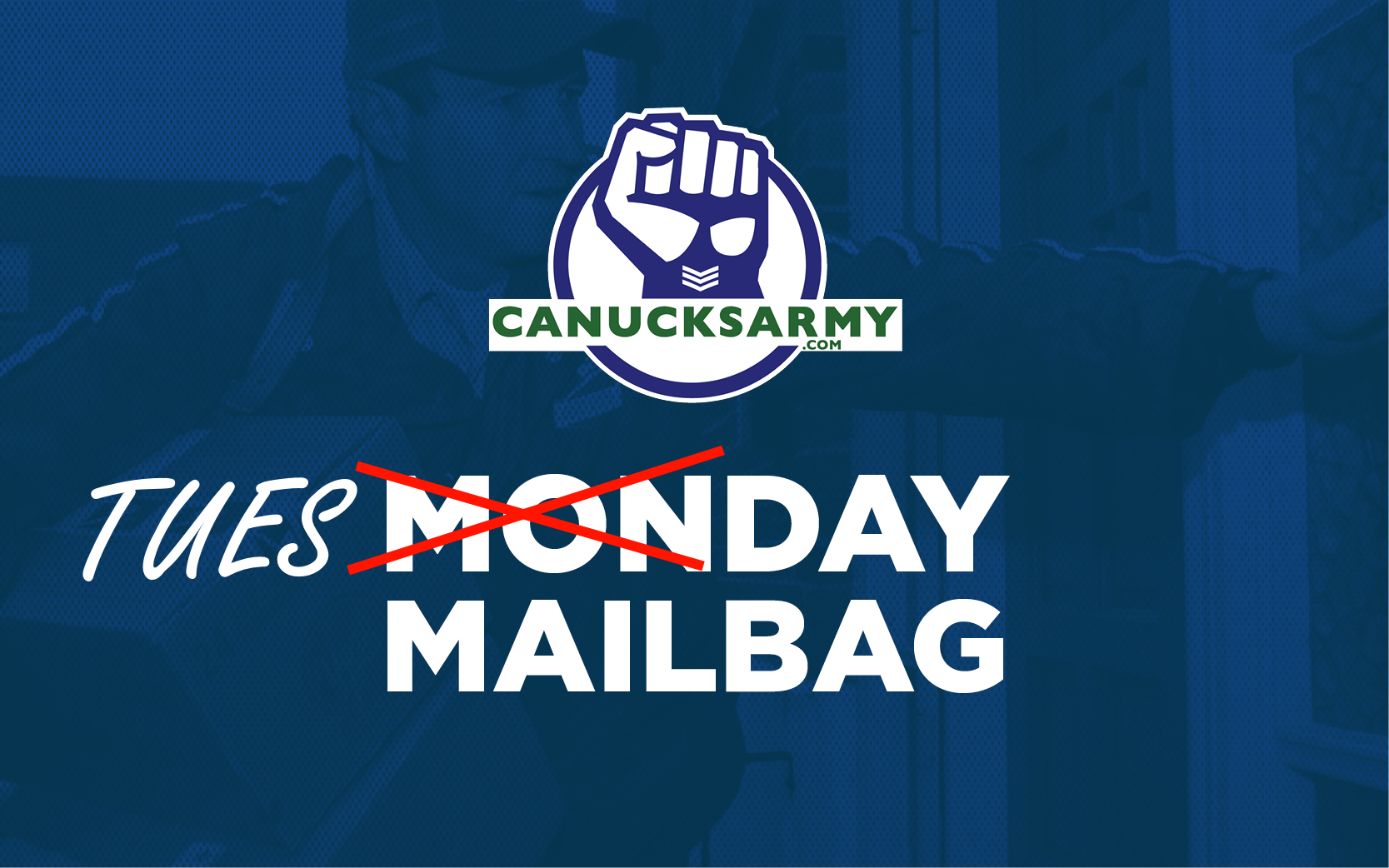The Commendable Boldness Of Mike Gillis

“We knew we’d have to give up a good young player to get something.” – Mike Gillis, commenting on the blockbuster trade that sent Cody Hodgson and Alexander Sulzer to Buffalo in exchange for Zack Kassian and Marc-Andre Gragnani.
There is no question that the trade of Cody Hodgson is a risky move for the Vancouver Canucks. As most humans are both risk-averse and loss-averse, it is entirely understandable that many dislike sending away a player of that caliber. After battling injuries since his draft year, Hodgson was doing very well in his first NHL campaign, having a “rockstar rookie season” as Thomas Drance put it. While I tend to agree with Cam Charron’s take (linked below) that the Canucks sold high on Hodgson, he is still a very promising young forward with lots of NHL mileage yet to cover.
I don’t intend to spend a lot of time going into detail on what I think of each player’s upside. Hodgson and Kassian are both very good young players, while Marc-Andre Gragnani is a bit of a project but has intriguing upside on the back end. The still-young Alexander Sulzer has also been a useful NHL’er.
What isn’t in doubt is that if all goes well for all of the players dealt in the trade, Zack Kassian fits team need better than Cody Hodgson does. The Canucks have more depth and quality at centre than they do on the wings. With Hodgson, his future at centre was always in doubt with Vancouver: Henrik Sedin and Ryan Kesler are both inked long-term and provide a one-two punch down the middle most teams would be envious of. On the wings, while there are certainly quality players employed there isn’t the same total lockdown on job openings.
Meanwhile, the Canucks could certainly use a presence like that of Kassian – a big, mean, skilled forward who plows his way through the opposition. It adds a dynamic the team has lacked for a long time, and that most teams don’t have. I’ve long felt that the complaints about the Canucks perceived lack of toughness were overstated, but the additions of Kassian and also Samuel Pahlsson are upgrades in that area.
It’s also highly likely that this season Pahlsson is a better fit for the Vancouver Canucks than Hodgson was. Entering the playoffs, Hodgson’s certainly a better scorer, but there isn’t the same level of reliability to his game. With Hodgson, Vigneault needed to exercise care and ensure he got favourable matchups for the best possible outcome; in Pahlsson’s case he can play the worst minutes on the planet and it shouldn’t matter at all. While Hodgson’s role has forced Kesler into more defensive minutes, Pahlsson does the opposite: he takes on defensive minutes, freeing Kesler to some degree on offense.
The big item here, however, isn’t that the Canucks are a little more balanced, a little tougher, or a little more playoff ready. It is that Mike Gillis is not content to sit back and stick to the safe path. Had Gillis acquired Pahlsson and stopped his day there, it is unlikely many would have complained. He has a deep team already. It was certainly an easier decision than sending away a guy like Hodgson.
What Mike Gillis did sets him apart from other NHL managers, because he was ready to risk a very good young asset, ready to take a chance at looking stupid in the future if it gives his team a better chance to win now. While I personally like the gamble, there’s no doubt that’s what it was: none of us have a crystal ball allowing us to peer into the respective futures of Hodgson and Kassian.
There’s another way to do things. Long-time Canucks assistant Steve Tambellini is manning the ship in Edmonton, a team loaded to the gills with good young forwards and with no comparable talent on the back end. To date, he’s resisted the urge to correct that, even though he has the assets: a trio of brilliant young forwards, Sam Gagner, Magnus Paajarvi, and the (likely) second overall pick in this year’s draft, which (again likely) puts the Oilers in a position where Russian forward Mikhail Grigorenko is the consensus selection. If he wants to properly upgrade his back end, at least one of those assets probably needs to be dealt away in exchange; as we’ve said it’s something he has resisted doing.
Nothing comes for free in the NHL. There are compromises made with every transaction: whether a team is compromising on its future by sending away a bevy of picks and prospects, whether a team is compromising on its fiscal structure by sending a Brinks truck to the home of a free agent, or whether a team is sending away an excellent player at a position of strength for another excellent player at a position of weakness.
Mike Gillis has shown he’s willing to make the hard choice if it improves his team. That’s a commendable attribute in a general manager.
Other Takes On The Trade
Recent articles from Jonathan Willis





